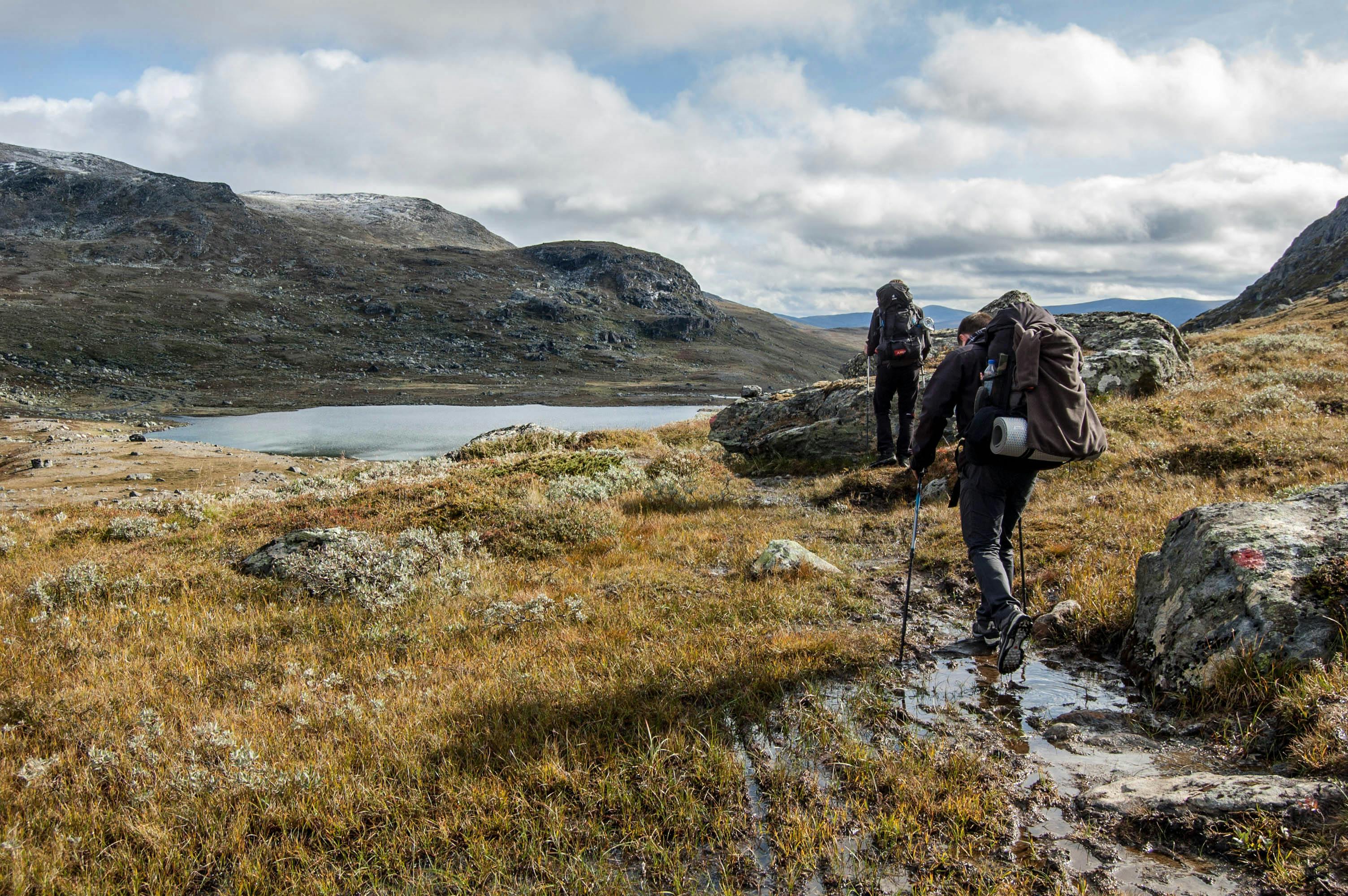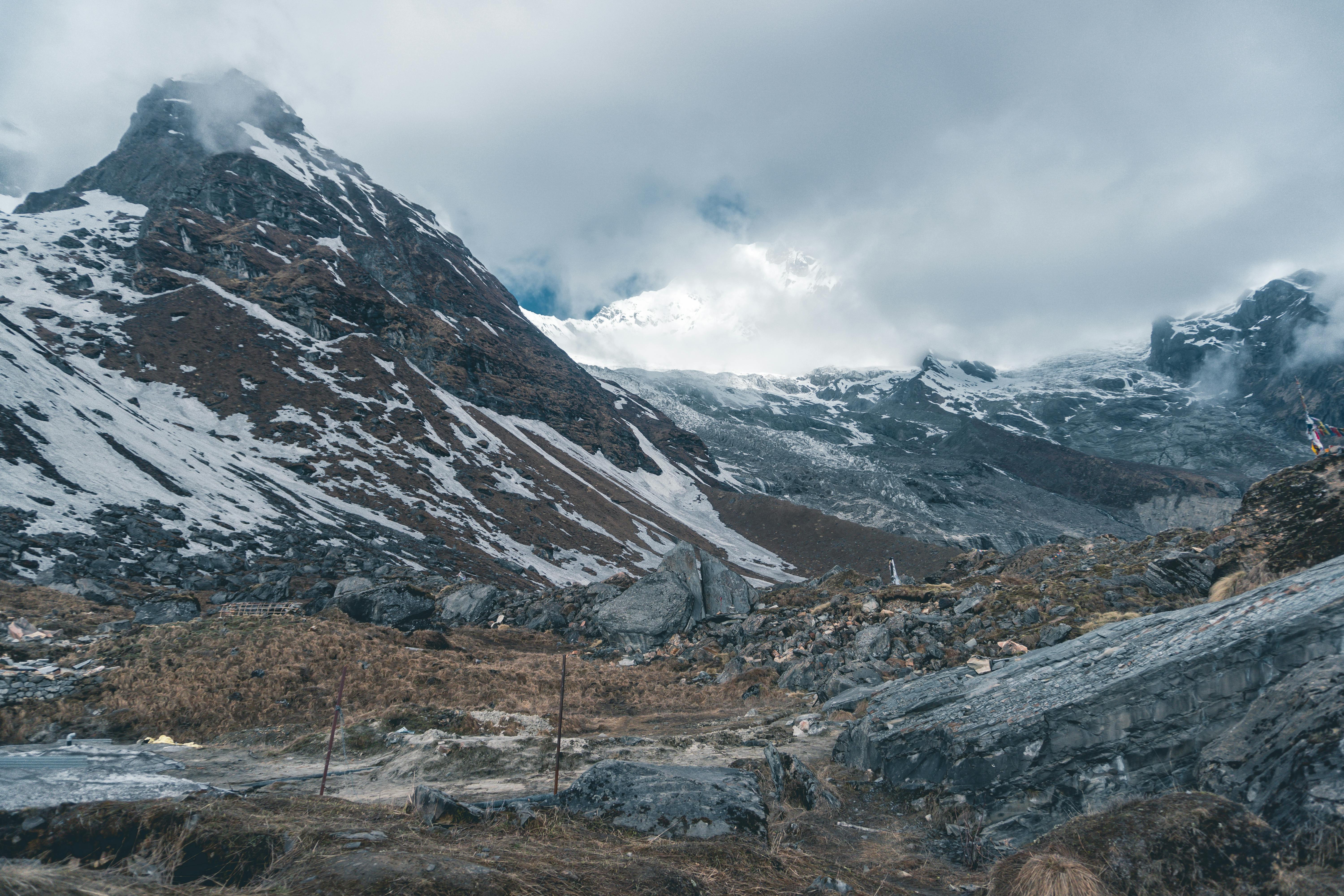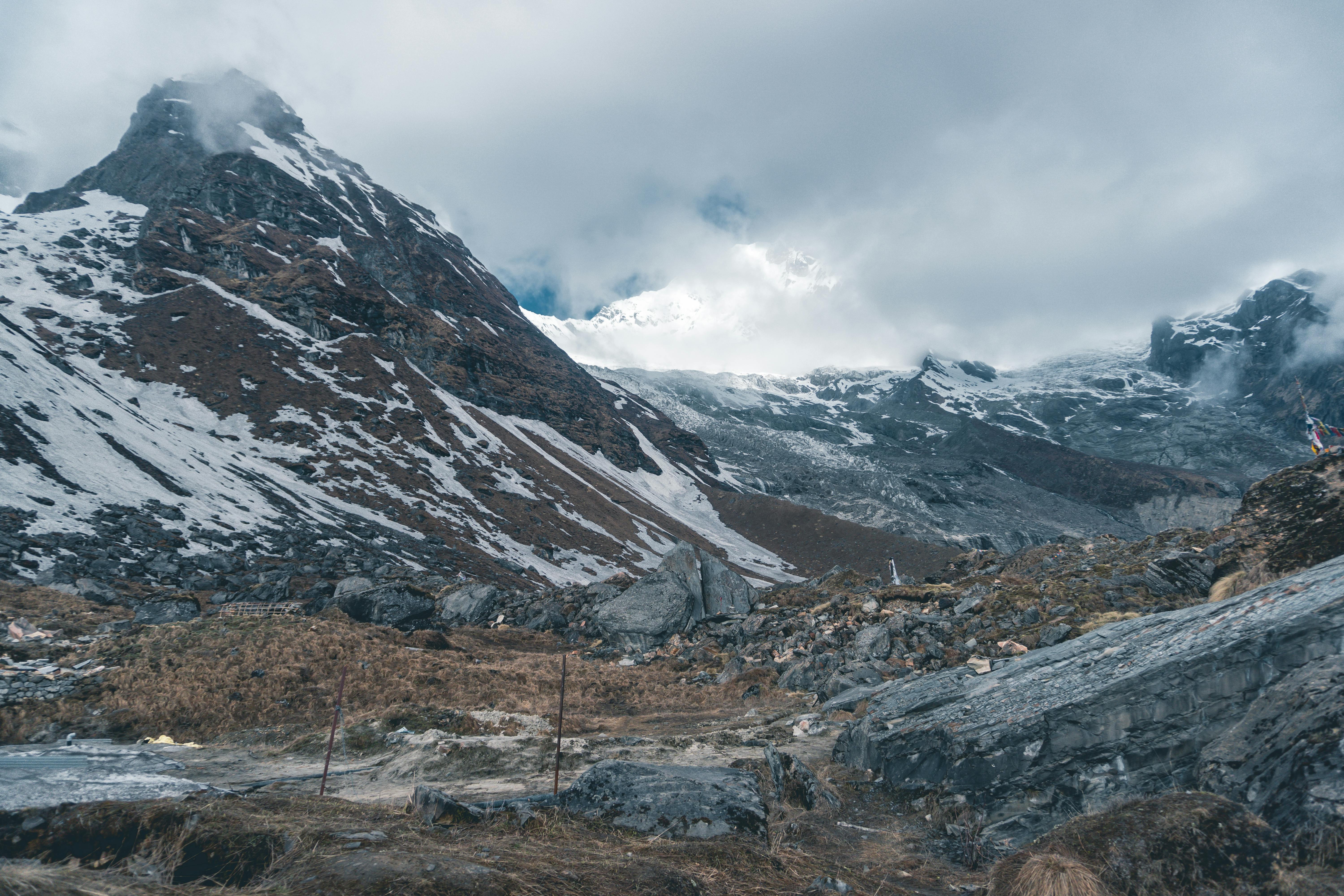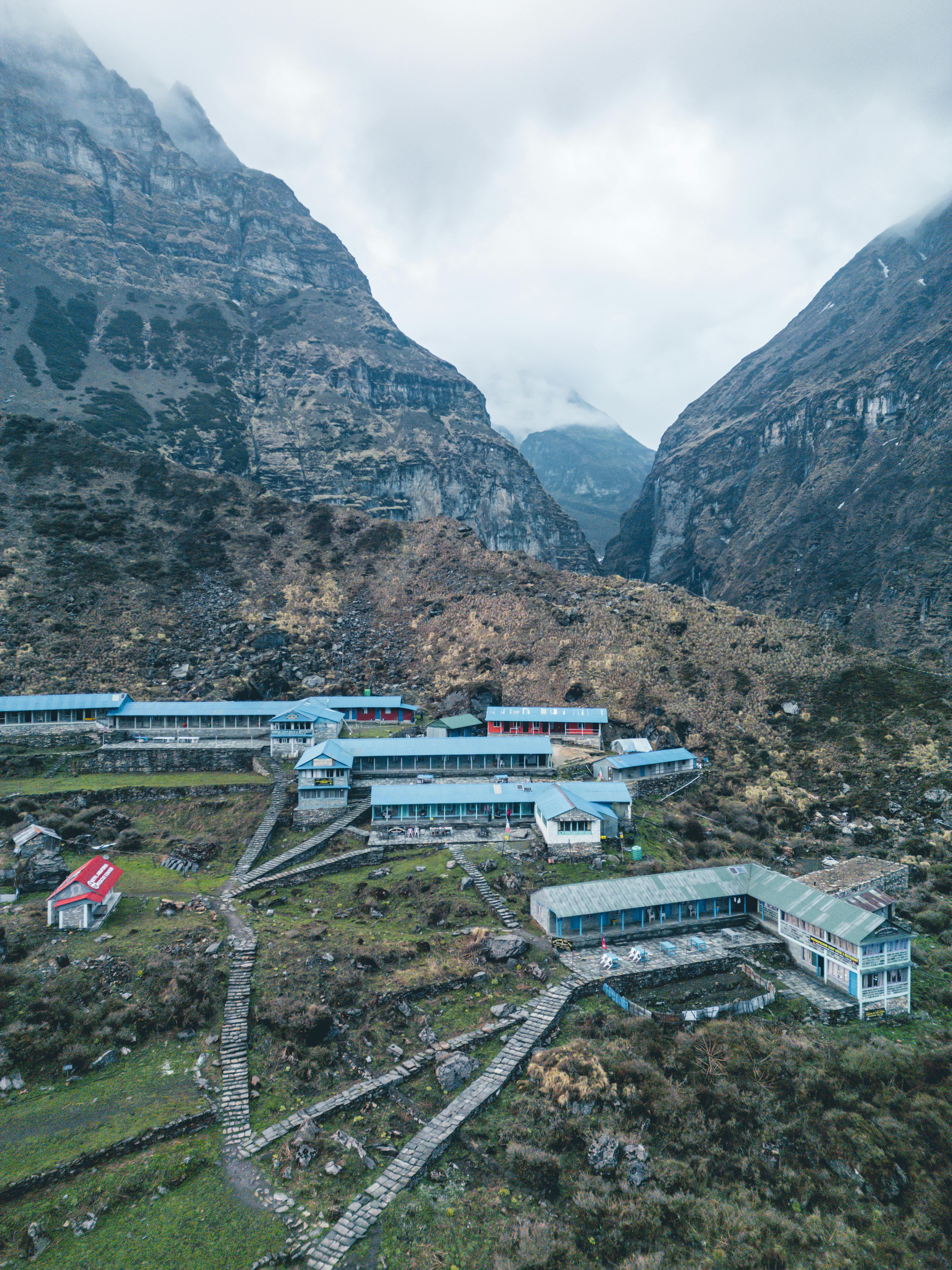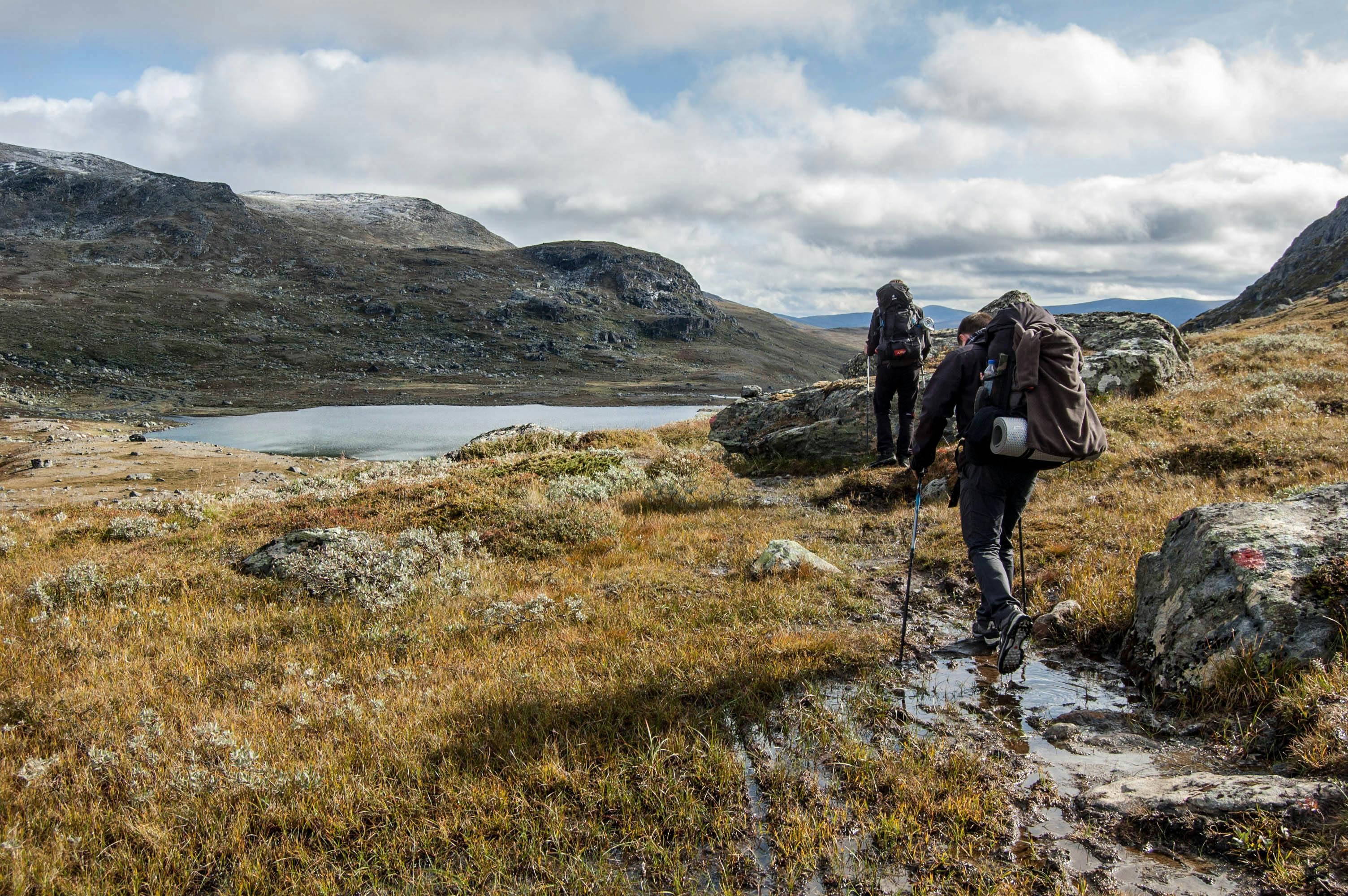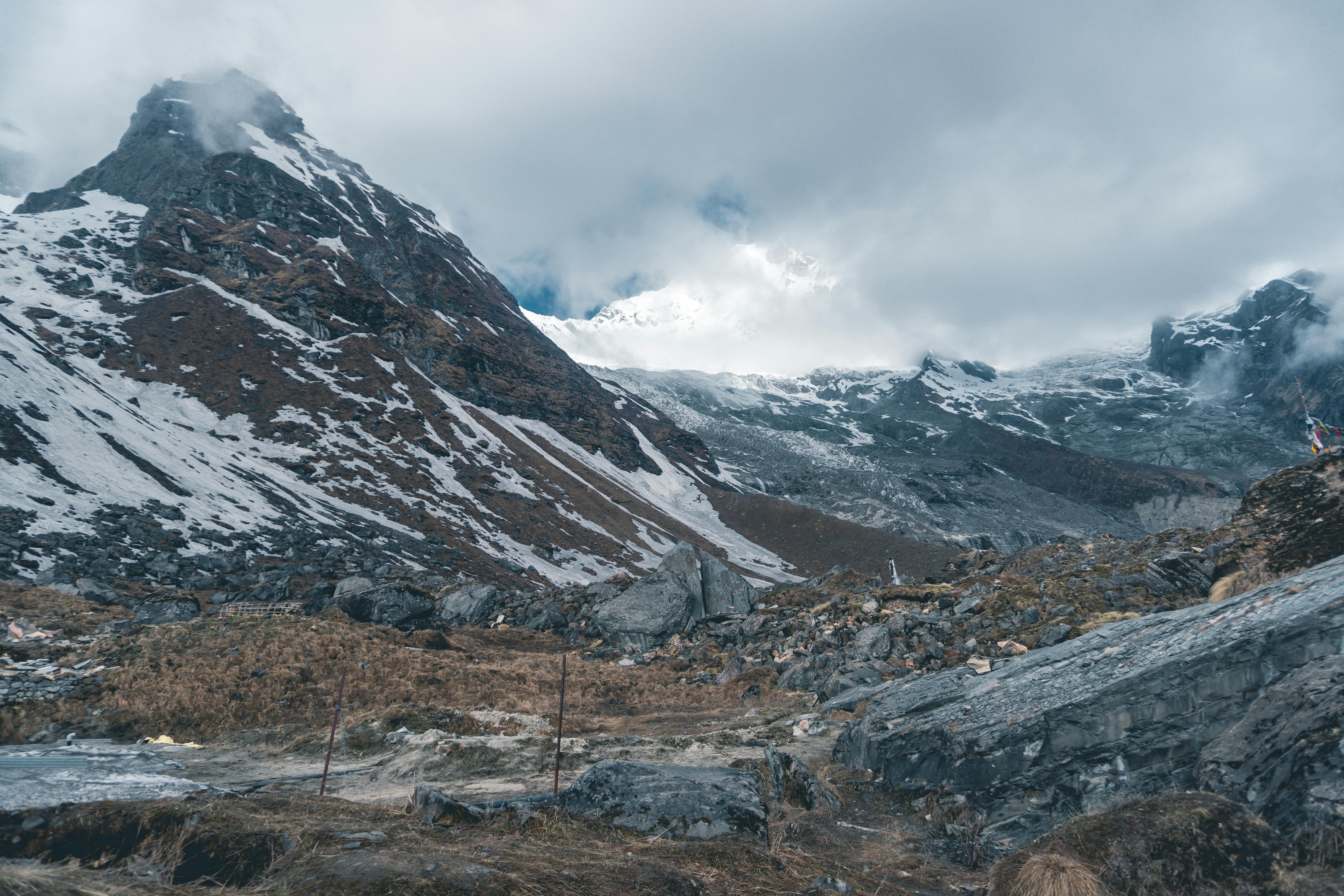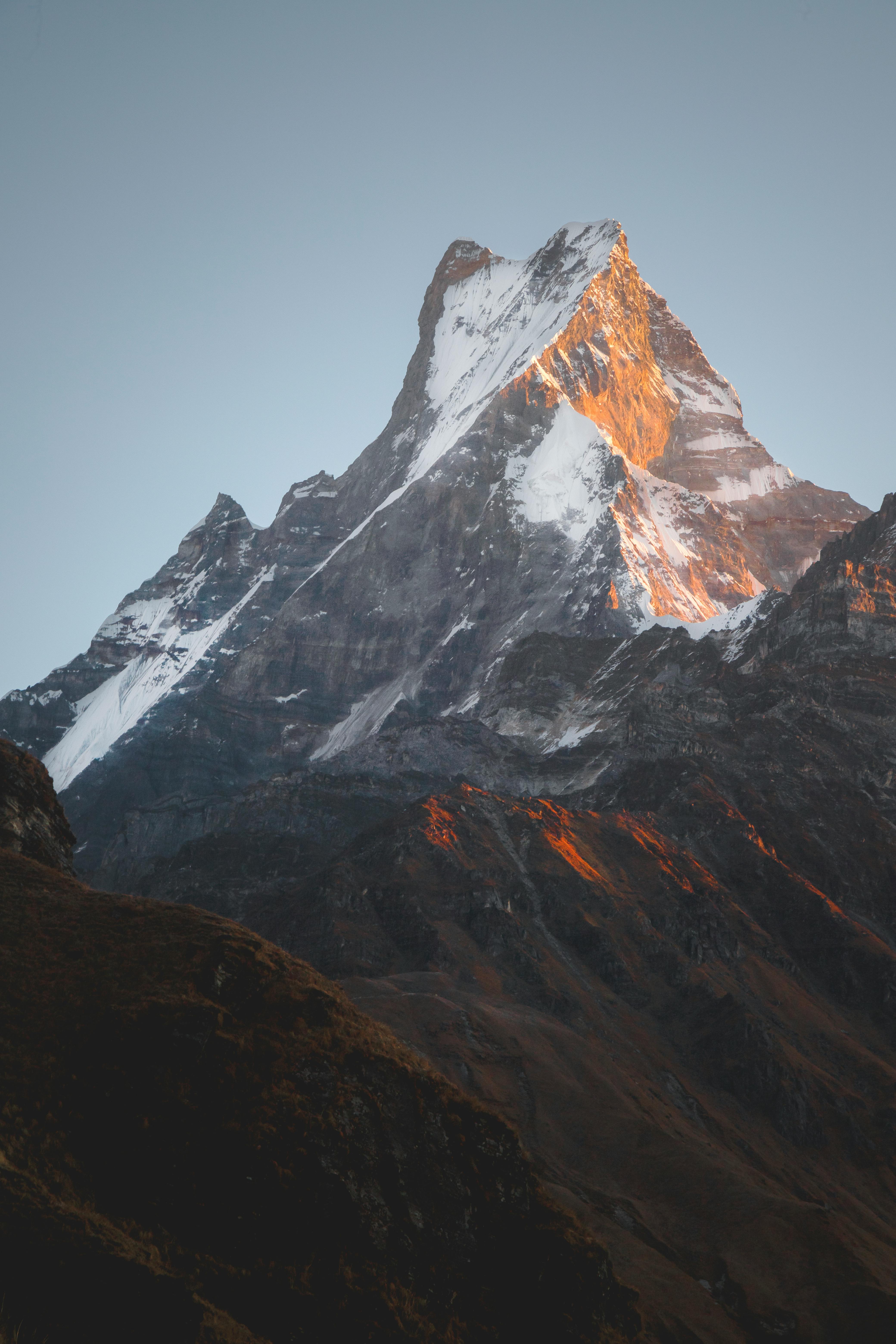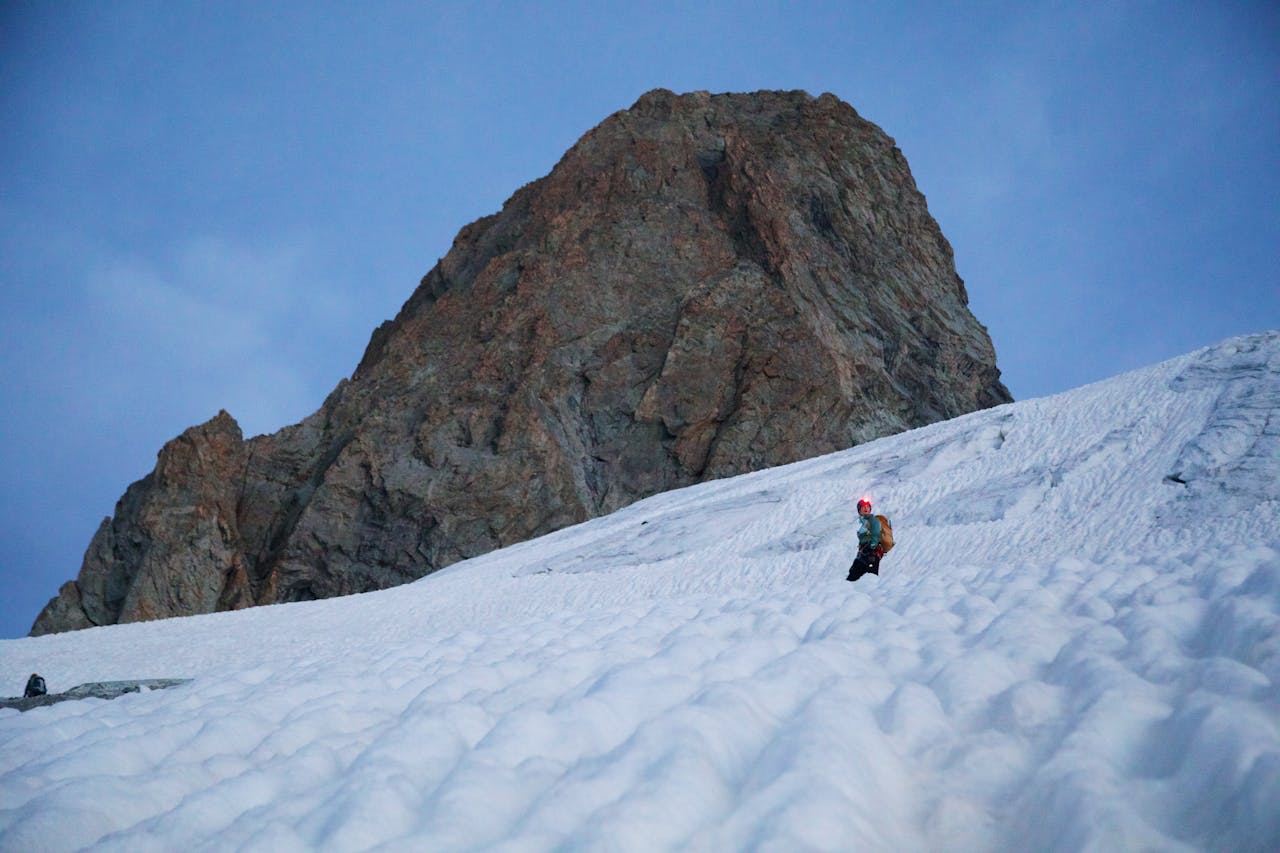The Nar-Phu Valley & Annapurna Trek is a unique journey through one of the most remote and culturally rich regions of the Himalayas, tucked away from the more frequented Annapurna Circuit trails. The trek begins from the village of Koto, beyond the traditional Annapurna Circuit path, and leads adventurers into the secluded valleys of Nar and Phu, two ancient Tibetan-influenced settlements nestled beneath towering Himalayan peaks.
This 13-day itinerary combines the raw beauty of high-altitude trekking with deep cultural immersion. Nar and Phu Villages offer a rare glimpse into traditional Himalayan life, with their medieval stone houses, ancient gompas, and a way of life untouched by time. The trek includes nights under canvas in remote campsites, an experience that heightens your connection to the pristine surroundings.
The journey also crosses the dramatic Kang La Pass (5,306m), a high mountain pass that offers unforgettable views of Annapurna II, Gangapurna, and Tilicho Peak. From here, you rejoin the Annapurna region, descending into Manang and continuing toward the majestic Tilicho Lake, one of the highest lakes in the world. The contrast of stark alpine landscapes, icy glaciers, turquoise lakes, and warm, welcoming villages creates a remarkable diversity of experience within a compact timeframe.
Ideal for trekkers seeking off-the-beaten-path adventure with moderate mountaineering challenges and strong cultural elements, this trek is a rewarding blend of rugged natural beauty, Tibetan heritage, and remote wilderness.
Travel Notes
Best Season to Trek:
-
Autumn (Sept–Nov): Clear skies, stable weather, excellent mountain visibility.
-
Spring (Mar–May): Milder temperatures, blooming rhododendrons, and longer daylight hours.
Permits Required:
-
Restricted Area Permit (RAP) for Nar-Phu Valley
-
Annapurna Conservation Area Permit (ACAP)
-
Trekkers’ Information Management System (TIMS) Card
Fitness & Experience:
-
Moderate to challenging trek; high-altitude hiking experience is highly recommended.
-
Good physical fitness is required due to long walking hours and high passes.
-
Prior experience with remote trekking and camping will enhance enjoyment.
